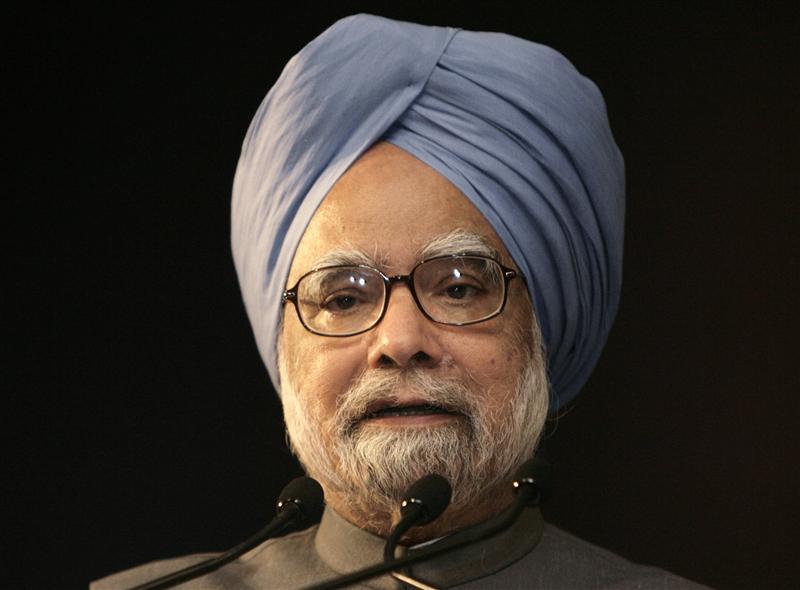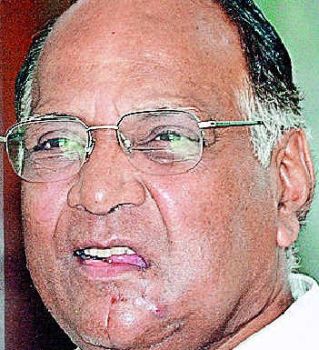The union minister for parliamentary affairs M Venkiah Naidu made an interesting comment in July 2014, when he said that the Congress led United Progressive Alliance (UPA) government had promulgated 61 ordinances when it was in power between 2004 and 2014.
This comment has since then been used as an explanation to defend ordinances promulgated by the Narendra Modi government. If they could have done it, why can’t we? Since coming to power the Modi government has promulgated nine ordinances. The latest set of ordinances to be issued included the ordinance to amend the land acquisition act and the ordinance to allow foreign direct investment in insurance companies to be increased to 49% of equity, from the current 26%. Another ordinance regularizing e-rickshaws in Delhi has also been issued.
The reason for the government issuing these ordinances lies in the fact that the opposition parties did not allow the Rajya Sabha to operate in the recent winter session. The Bhartiya Janata Party (BJP) has only 45 out of the 250 MPs that make up the Rajya Sabha. Hence, with the opposition ganging up together, there is no way that the BJP can get any legislation passed through the upper house of Parliament.
This has led to the BJP government promulgating ordinances. The article 123 of the constitution empowers the president to promulgate an ordinance if the Parliament is not in session, provided he is convinced that the situation demands so. What this also means is that ordinances should not be used to get around the opposition that the government might be facing in Parliament. If the government decides to do that, it is in a way putting to test the basic tenets of democracy.
A report in The Indian Express points out that the president Pranab Mukherjee asked the government “to explain the urgency behind the [land acquisition] ordinance.” Three union ministers “put forth the government’s viewpoint and persuaded the President about the need to move swiftly,” the report points out.
The president has the power to return the ordinance to the government if he feels that the ordinance requires reconsideration. Nevertheless, if the government sends back the ordinance to him, he needs to promulgate it.
After promulgating the ordinance allowing the foreign direct investment in insurance companies to be increased to 49% of equity, the finance minister Arun Jaitley said: “The ordinance demonstrates the firm commitment and determination of this government to reform. It also announces to the rest of the world, including investors, that this country can no longer wait even if one of the Houses of Parliament waits indefinitely to take up its agenda.”
Jaitley further added that “already there is too much delay, which is why there is urgency.”
What Jaitley is not saying is that the BJP in its role as the principal opposition party until May 25, 2014, has also been responsible for this delay. In December 2013, Yashwant Sinha, a senior BJP leader and a former finance minister had said that the BJP was willing to support the insurance bill provided the “government shed its obstinate stand of providing 49 per cent FDI in the sector”.
Further, as the principal opposition party in the previous Lok Sabha, BJP regularly stalled proceedings. It is now being paid back in the same coin in the Rajya Sabha. Hence, the party taking a moral high ground on the issue is rather comical. At the same time, the opposition parties not allowing the Rajya Sabha to function is also not democratic. A major function of the Parliament is to legislate and a Parliament that does not legislate is not fulfilling one of its basic purposes.
Another important point that needs to be made here is that justifying the promulgation of ordinances just because the UPA government did the same is a rather weak justification. The UPA government is not really a benchmark for anything when it comes to government or governance. The BJP can and needs to do substantially better than that. They shouldn’t be setting their benchmarks so low.
Further, an ordinance is valid upto six weeks from the date on which the next session of the Parliament starts. After that it lapses. There is no upper limit to the number of times an ordinance can re-promulgated. But that is easier said than done. In this context, the case of DC Wadhwa versus the State of Bihar needs to be discussed here.
The Article 213 of the constitution allows the governor of a state to promulgate an ordinance provided the legislative assembly is not in session. The Bihar government abused this provision to the hilt. Between 1950 and 1966, the Bihar legislature passed 444 Acts. The number of ordinances promulgated during the period stood at 76. The situation then deteriorated and between 1967 and 1981, the number of Acts passed by the legislature were at 180, whereas the number of ordinances passed stood at 2014. As many as 50 ordinances were passed on a single day.
D C Wadhwa, who was the director of the Gokhale Institute of Politics and Economics in Pune, filed a writ petition on this in the Supreme Court. As Swaminathan Aiyar points out in a recent column in The Times of India: “in the Bihar Ordinance Raj case, the Supreme Court said that repeated ordinances were undesirable but not illegal.” PRS Legislative Research points out that: “The Supreme Court argued that if Ordinance making was made a usual practice, creating an ‘Ordinance raj’ the courts could strike down re-promulgated Ordinances.”
The point is that if the Modi government keeps promulgating and re-promulgating ordinances someone could easily challenge it in court. Hence, none of those constituents who are likely to benefit from an ordinance will act on it unless it is passed by both the houses of the Parliament. This means you won’t see any foreign company increasing its stake in the insurance business that it runs in India to 49% any time soon.
The government does not have the numbers to push these laws through the Rajya Sabha. So what can it do? It can call for a joint session of Parliament and hope to pass these laws. But calling a joint session isn’t exactly easy.
A joint session can be called if a bill is rejected either by the Lok Sabha or the Rajya Sabha. Given that the opposition parties haven’t allowed the Rajya Sabha to function, no bill has been rejected. Secondly, a joint session can be called if the there are disagreements regarding amendments between the two houses. That hasn’t happened either. Finally, more than six months need to have passed since the introduction of the bill in either house. If the bill still hasn’t been passed then a joint session can be called.
While the third condition isn’t fulfilled (for the lack of a better word) currently, this is precisely what the government seems to be aiming at. Nevertheless, it needs to be pointed out that only on three previous occasions a joint session of Parliament has been called (the Dowry Prohibition Bill, 1961, the Banking Service Commission (Repeal) Bill, 1978, and the Prevention of Terrorism Bill, 2002).
A joint session is not a workable solution to this deadlock. First and foremost because it delays legislation. A joint session of Parliament cannot be called overnight. Secondly, for a government which has time and again told the country that it has a huge reform agenda, it cannot be held to ransom by the opposition parties, every time it tries to introduce a new legislation. This is likely to be the case over the next few years, until the BJP state assemblies are able to elect enough MPs to the Rajya Sabha. Thirdly, the opposition parties can get together and try and stall a joint session of Parliament as well.
Given these reasons, it is time that prime minister Narendra Modi and his lieutenants drop the aggressive posture and try to engage the opposition parties. The aggression that suited them when they were in opposition will go against them now that they are in government. This is something that they need to think about.
The article originally appeared on www.equitymaster.com as a part of The Daily Reckoning, on January 6, 2015




